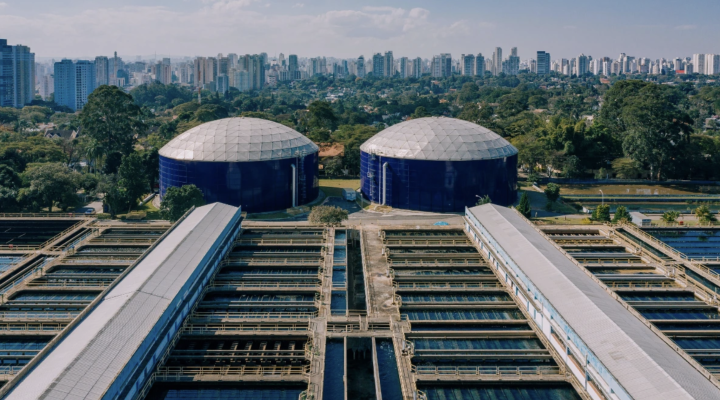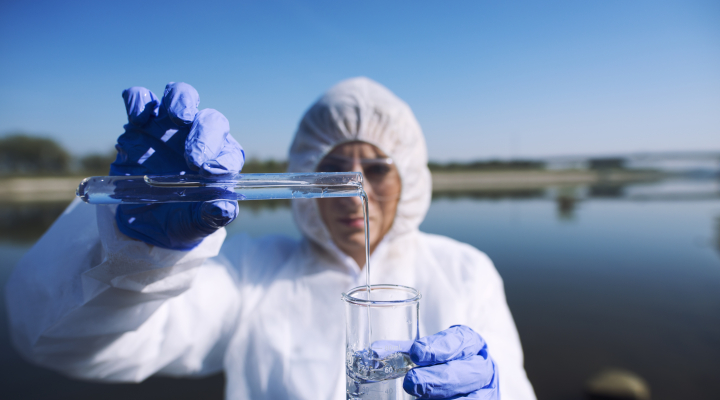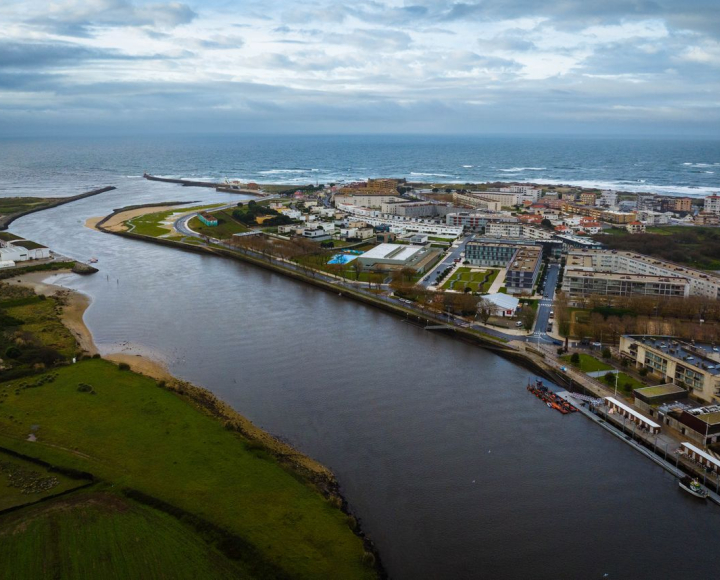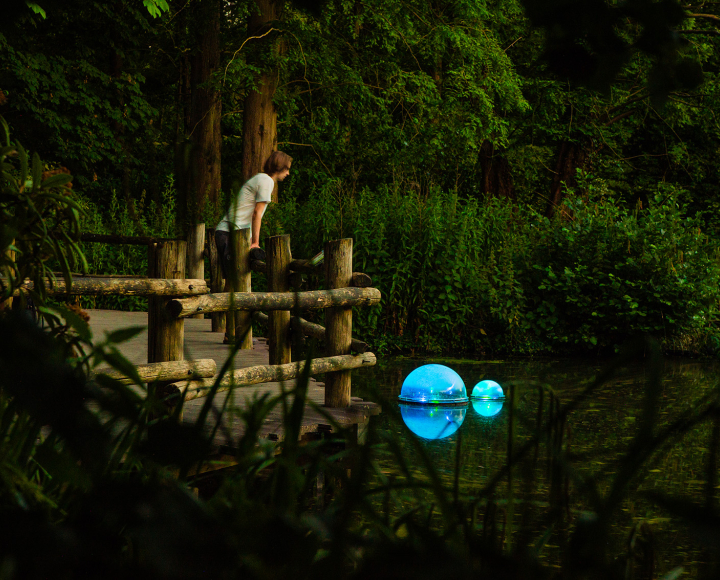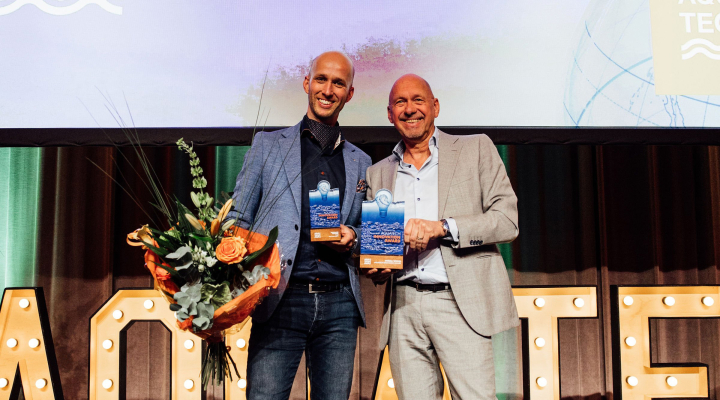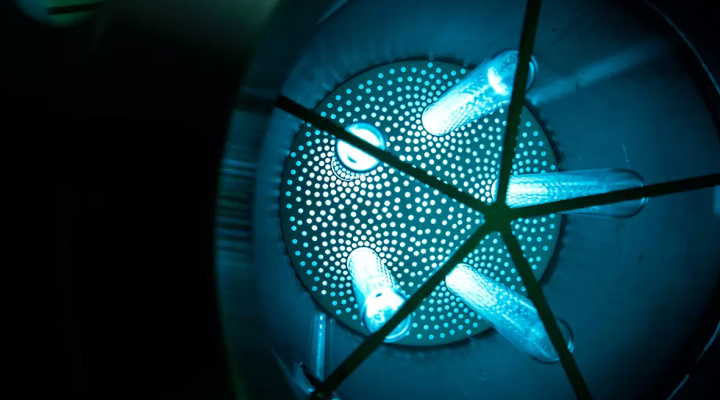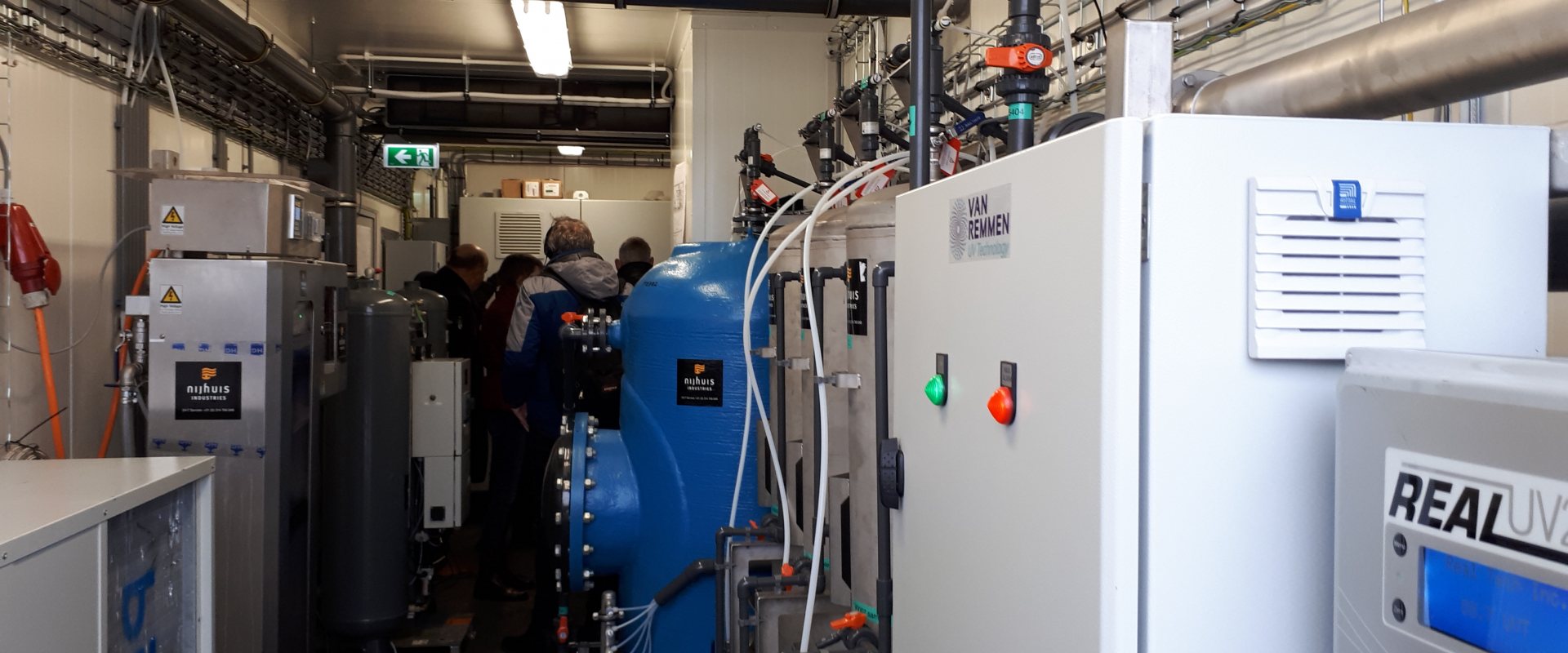
Decentralized treatment of hospital waste water with MediOxi
Nijhuis Industries announced the development of MediOxi, a new advanced oxidation technology for ‘at the source removal’ of medical residues from hospital wastewater.
MediOxi has been developed in cooperation with Van Remmen UV technology.
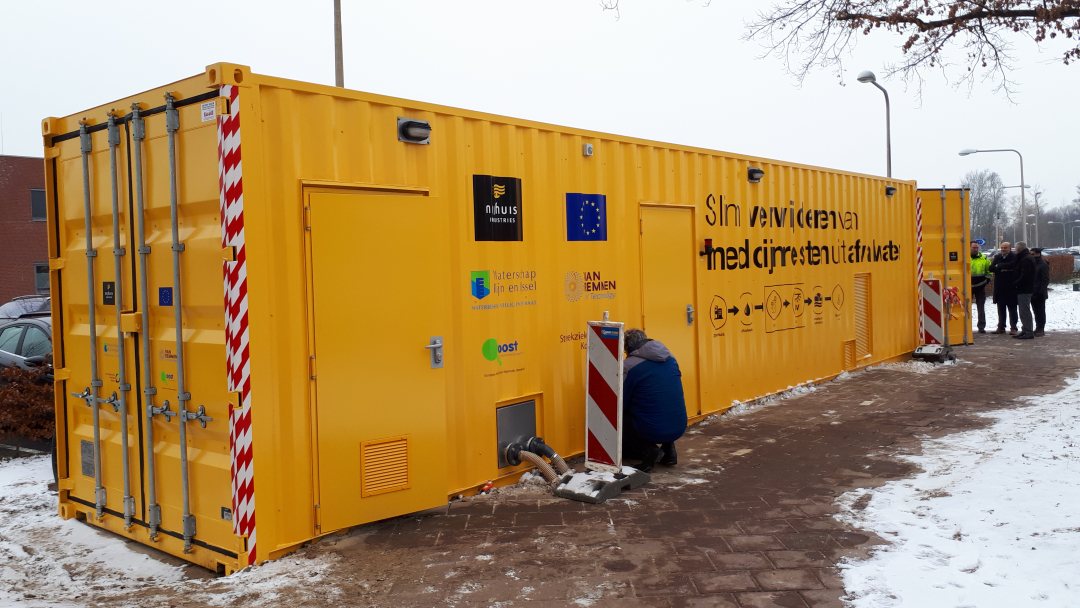

Combination of technologies
The new treatment technology is a combination of existing advanced oxidative techniques, including ozone and UV-filtration, that convert compounds with a recalcitrant nature into biological degradable molecules.
The solution can be completely containerized and placed on-site like hospitals, elderly homes, or pharmaceutical companies.
Successful joint pilot
The introduction of MediOxi follows a successful joint pilot at a hospital in Winterswijk, the Netherlands where Nijhuis Industries (ozone) and Van Remmen (UV-technology) integrated their technologies for the first time in a containerized and modular setting.
On site, high concentrations of pollution were treated in a small flow with intelligent dosage regulation of ozone based on the dissolved organic load in the waste water. The results showed the removal of a wide variety of medicines and x-ray contrast media effectively (more than 80 percent). Other reported removals were diclofenac (95 percent), metoprolol (94 percent), propranolol (94 percent) and sotalol (98 percent).
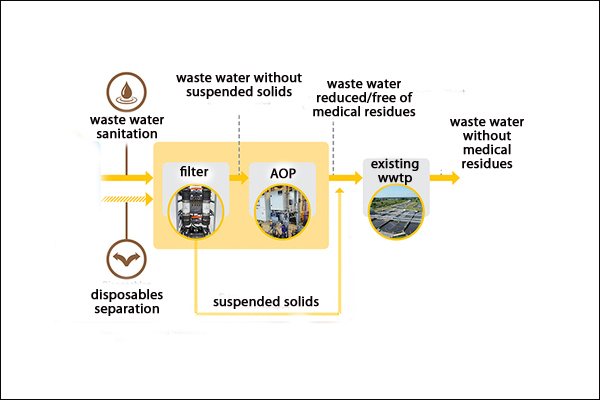

Other benefits
Next to the removal of medical residues, the combination of ozone and UV provides possibilities for disinfection of deadly bacteria, such as legionella, and viruses such as COVID-19.
Furthermore, Nijhuis Industries is continuously improving the MediOxi to deal with other hospital water issues including the prevention of antibiotic-resistant bacteria by killing the bacteria and their genetic material.
Centralized treatment at wwtp
Next to the decentralized MediOxi solution, Nijhuis Industries also announced the MicroOxi as a centralized version for the municipal waste water market.
When it comes to removal of micropollutants there is no single concept that provides the optimal solution for every location or situation. Therefore, the MicroOxi solution comprises several technologies such as ozone, activated carbon, direct nano filtration and UV. Reportedly, effluent treatment at a Dutch wwtp with MicroOxi achieved a 86 percent removal rate on 7 out of 11 indicator substances.




